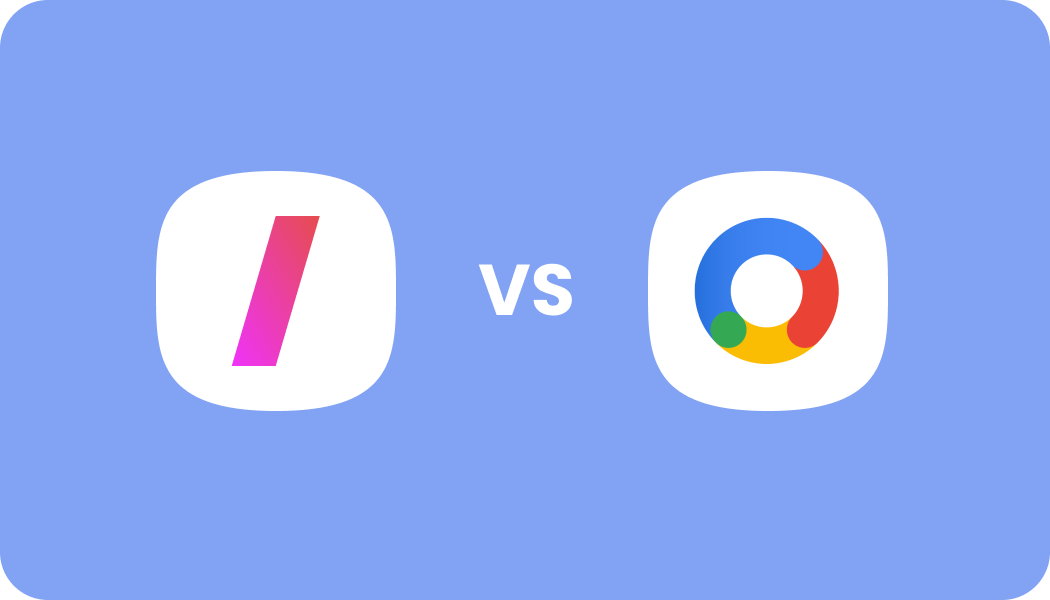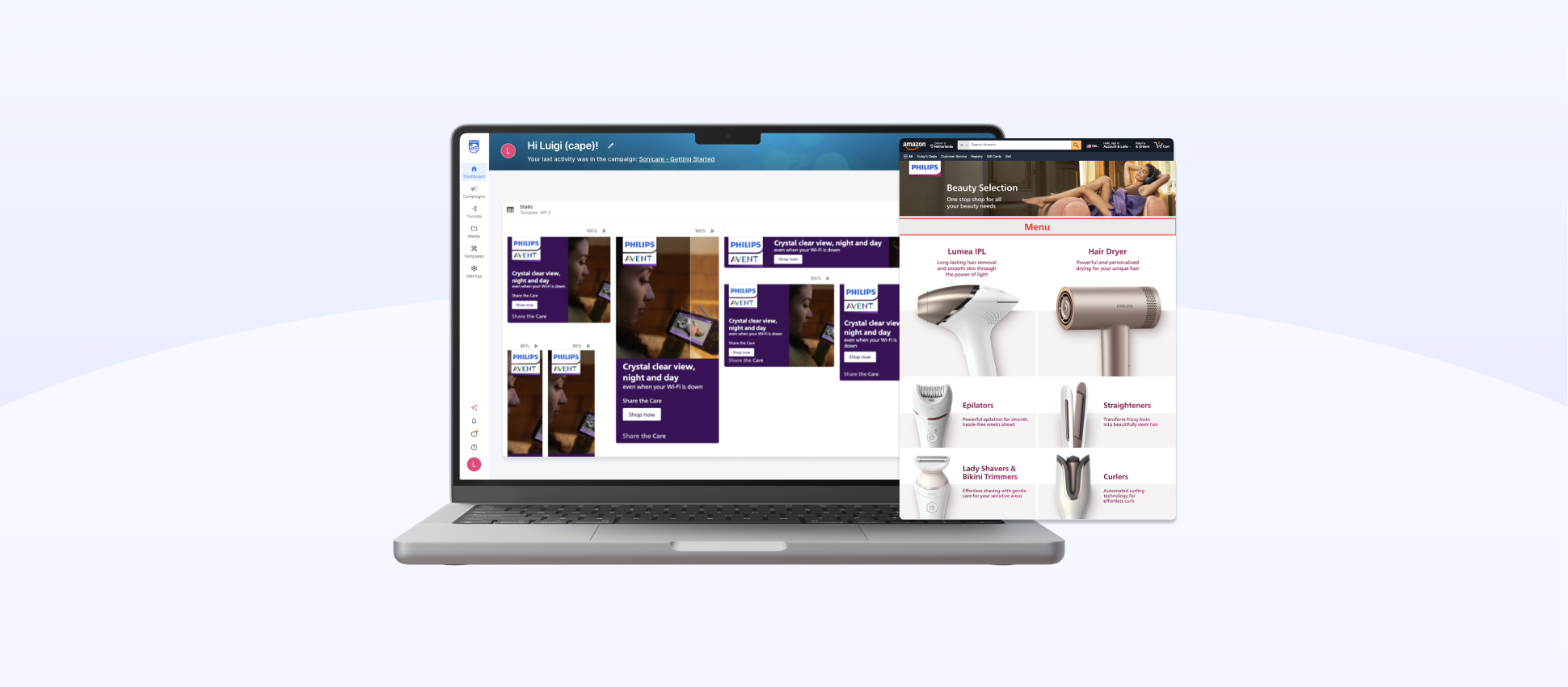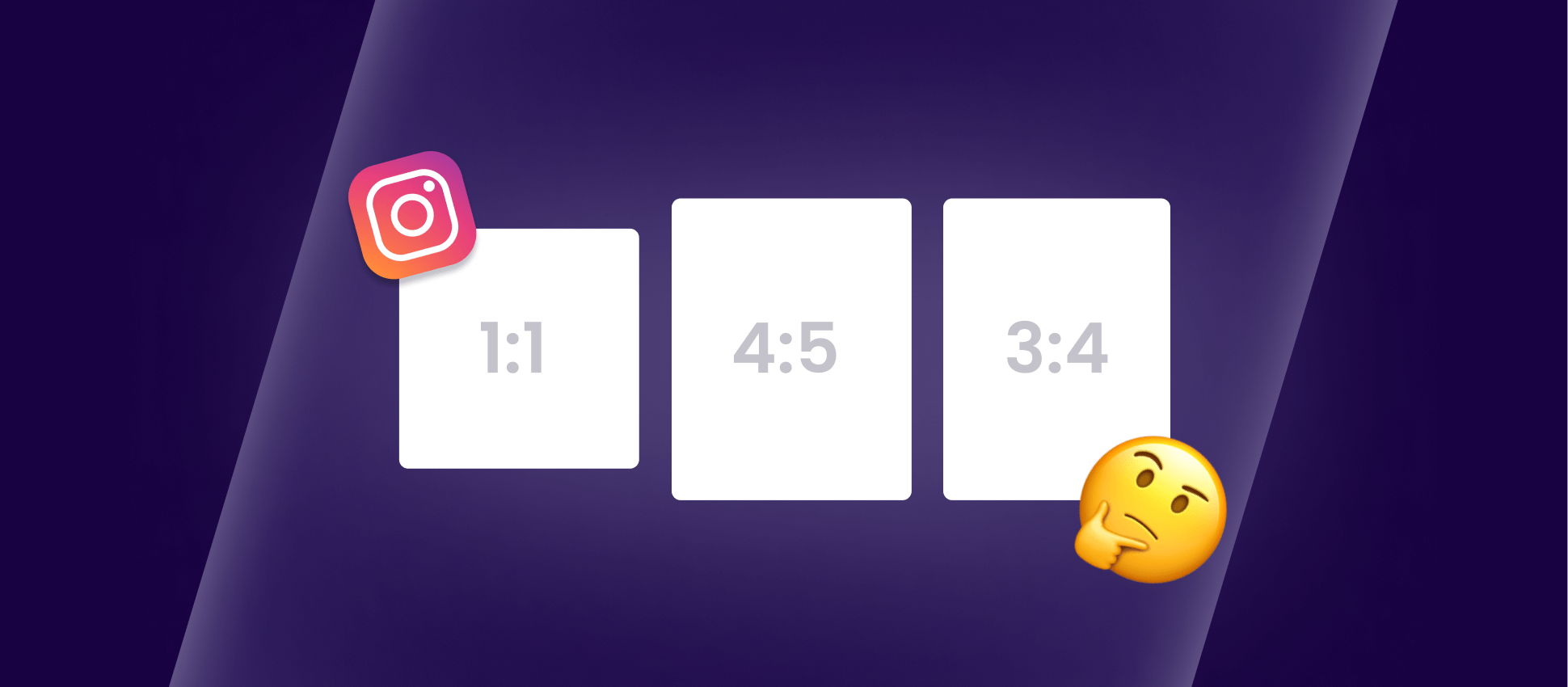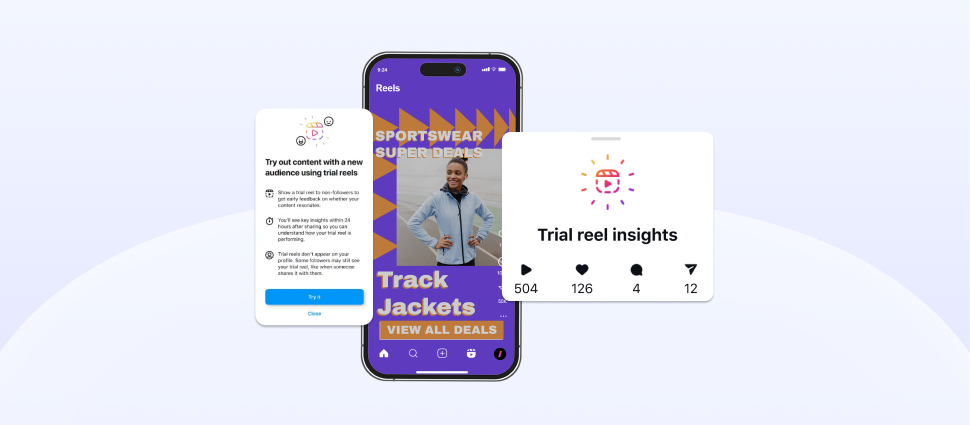

Leveraging ad tech to handle the digital media buying process can be a difficult, expensive, and time-consuming task that requires in-depth knowledge and experience with the ad platforms. These platforms work with great details and thousands of settings, but how do you ensure that the ads entering are efficiently created, approved, validated, and trafficked into these ad servers or DSP? While staying on top of your bid strategies, KPIs, white lists, brand safety, and audience settings.
Let's delve into the world of ad servers and DSP services
Ad ops tasks

Managing your ad ops consists of very specific tasks (e.g. managing URL parameters and naming conventions) that must follow certain guidelines. An ad-server is a sophisticated tool with a steep learning curve, handling all requests from your buying platform to serve creative assets. However, hosting your ads in the ad-server is far from a straightforward 1-2-3 process, especially when dealing with a diverse range of ads representing various products, audiences, and markets, each requiring specific trafficking.
Manually handling ad ops presents several challenges, like:
Error-prone ad-server setup.
Limited creative options.
Dependence on designers/agencies for ad creation.
Lack of effective workflow management for approvals and reviews.
Unfeasible setup for designers to implement quick changes
Programmatic tasks

Managing your media spend, defining your KPIs, and identifying your target audiences are critical aspects of the campaign activation process that require a human touch. A DSP helps with your programmatic media buying, including real-time bidding, audience management, ad placement, and ad payments, streamlining the negotiations between publishers and advertisers.
DSPs are part of most advertisers' ad stack for programmatic advertising activities, for both video and display. Even though DSPs can be easy to use, the full programmatic setup comes with challenges:
Time-consuming setup
Limited creative options
Lack of workflow management
Repetitive and time-consuming tasks affecting optimisation and learning.
Cape's solution
This is where Cape comes into the equation. Cape is tech-vendor neutral and integrates with your existing infrastructure, including your ad-servers and DSPs. Our goal is to make your omnichannel digital campaigning process easier and more efficient so that you can focus on what’s most important: campaign performance across all your media activation.

We create your custom setup with precision, ensuring an automated and foolproof process. This allows you to create your ads quickly and send them automatically and error-free to the ad server or DSP, following your preset media strategies. Take back control over your campaigns and even move your campaigning in-house. What features does Cape have where your other tools are missing out?
→ Where ad-servers and DSPs are not built for complex custom configurations, Cape allows you to make any custom creation and tailors your workflow and campaign set-up to fit your company’s ecosystem.
→ Where the ad tech platforms offer no workflow management, Cape offers in-tool communication, approval flows, (re)view processes, and the ability to assign roles and rights. This means less context-switching, faster cycle times and fewer errors.
→ With Cape, you have endless creative possibilities, as we offer foolproof custom-made or self-service dynamic templates that follow your brand guidelines. The assets you create automatically obtain obligatory ad validation and URL parameters, so only ads with the correct product specs enter the ad servers.
→ Getting all ads to the various ad platforms can lead to high ad ops costs. Setting up a proper campaign in Google Marketing Platform can easily take a couple of hours of your time. Cape simplifies your campaign setup with direct integrations with ad platforms to save time, eliminate manual tasks, and optimise the campaign process from end-to-end.
→ When you have your base setup, you can use automation to template your media buying strategies. Capture your campaign strategies in publication profiles and re-use these over time. With a 100% error-free outcome and more precious time to focus on special campaigns, testing and innovation - after all, some human TLC is crucial for optimisation and getting to know the best practices.
→ Cape doesn't push you through a full list of all the settings (like in the ad platform) because that would still result in high error rates, lengthy processes, and a steep learning curve before people can use the platform to set up the campaigns. Instead, we ask the user to make the decisions or complete that information in the interface that is necessary to decide what strategy is to be used and what setting results from it… fully API-based.
Latest News

Products and features
4 min read
11 March 2025
How Cape Solves Amazon Storefront Creation Challenges
As businesses grow, managing an increasing number of marketing concepts can become a logistical nightmare. From banners to videos and brand pages, finding and organising these assets across multiple business units often leads to inefficiency and confusion. That's where Cape comes in.

Industry insights
3 min read
20 January 2025
The New Instagram Layout Update: How to Optimise Your Feed for Non-Square Posts
Recently, Instagram has rolled out yet another update. What makes this one different? For casual users, a layout change of your feed may be just another visual element of the app to get used to. For marketers, it affects just about every aspect of your content strategy.

Industry insights
3 min read
02 January 2025
Optimising Your Content Strategy With Trial Reels
With shorter attention spans and a constant flow of information, creating engaging content is one of the key challenges for brands to get noticed by greater audiences and even their own followers. This is why optimising content strategy is extremely important, and focusing on trying to enhance your content can significantly improve viewership. One of the latest tools to help with this is Trial Reels on Instagram.



